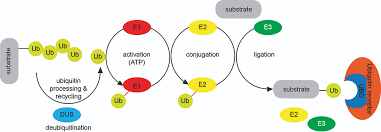Cell cycle and its regulation
Cell cycle and its regulation
It is called the cell cycle all the stages through which the cell passes.
Definition
The cell cycle, or cell division cycle, is the series of events that take place in a cell that causes it to divide into two daughter cells. These events include the duplication of its DNA (DNA replication) and some of its organelles, and subsequently the partitioning of its cytoplasm and other components into two daughter cells in a process called cell division.
Interphase

It is the period between cell divisions.
G1: Growth phase and organelle duplications
S: DNA Synthesis and histones action, before the cell duplication, there is the chromatic duplication.
- This way, the loss of genetic material is prevented.
G2: Growth phase and mythosis preparation
M: Mythosis: cell division.
Two main parts:
CARYOKINESIS: Chromatic duplication and nucleus division.
CYTOKINESIS: Mother cell division into two daughter cells.
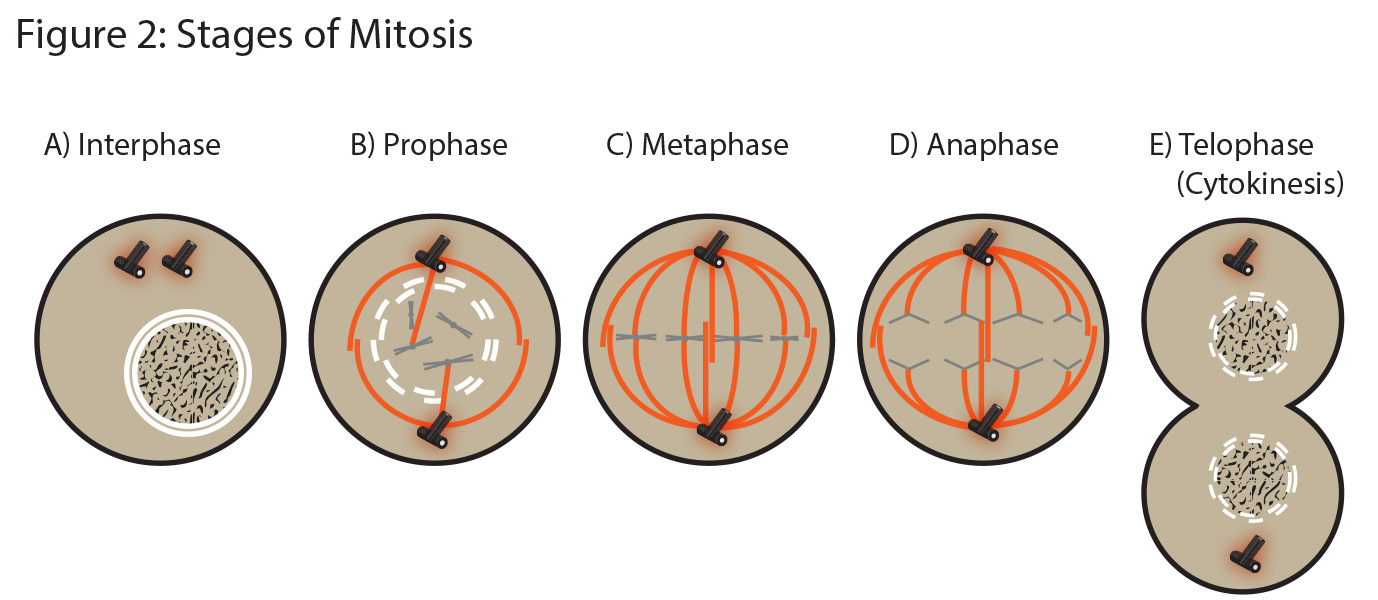
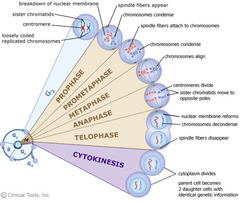
Chromatin changes during the cell cycle
G1: chromatin triggering and abundant protein synthesis
S: duplication of chromosomes in two chromatids
MITOSIS: condensed chromosomes and their separation

Cytokinesis: division of the cell into two daughter cells
Different cell types have different regulation of the cell cycle
Generally, the interface is a longer period than the cell division phase.
G1 is the longest phase. The body contains cells that have different cell cycles.
Cells that have lost their ability to divide are in the interphase (end of g1) and are already specialized: neurons, muscle cells, blood cells ...
then there are the cells that do not divide normally but can be induced to do so by an appropriate stimulus. Ex: liver.
Cells that divide frequently: stem cells from animal tissues or meristematic cells, that is, spermatogonia and oogonia.
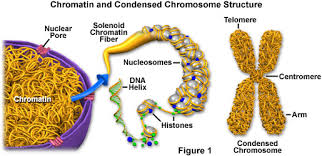
Stem cells present an asymmetric division where daughter cells have different ends.
Cycle control: there ar three control points in which the information is collected: internal, that is, on the completion of cellular processes external, favorable environmental factors.
- FINAL G1: start of DNA replication.
- FINAL G2: before the onset of mitosis.
- Metaphase-anaphase transition: before chromosome separation and cytokinesis
Cell cycle control
The cell has factors that regulate the state of the nucleus
* a cell that is replicating contains phosphor factors that stimulate DNA synthesis
* a cell that is in mitosis contains factors that promote the condensation of chromosomes
What are the regulatory elements?
Four kinds of cyclines:
Cyclin-dependent protein kinases (CDKs) add phosphate groups to hundreds of proteins that participate in the cell cycle.
When cyclin forms a complex with CDK, kinase (protein) is activated, which activates the transition of the different points of the cell cycle.
They collect information from the cell and the environment at different levels.
1) Cyclin concentration:
- transcriptional activation
- proteolysis (by ubiquitination of the proteasome)
2) Phosphorylation / dephosphorylation of CDK
Kinase, phosphorylation, and inactive, dephosphorylated and inactive phosphatase.
3) Activating the CDK by a CDK - activating Kinase (CAK).
4) Inhibition by CIKs (CDK inhibition proteins).
Conclusions
Two regulatory proteins:
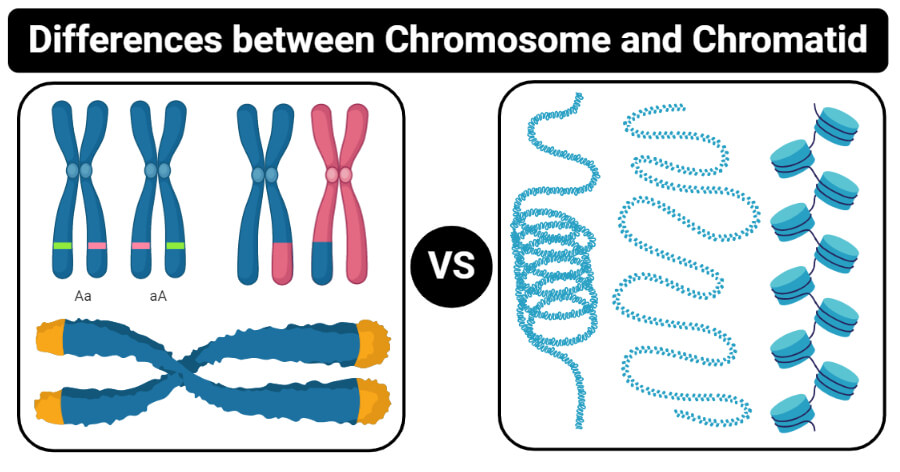
CIKs and CAKs that activate and inhibit CDK, that is, cyclin-dependent proteins, which, by forming a complex with cyclin, activate the kinase responsible for the transition of different control points of the cycle.
CDK can be phosphorylated (kinase) or dephosphorylated (phosphatase).
The concentration of cyclins determines: transcriptional activation - proteolysis (by ubiquitination).
